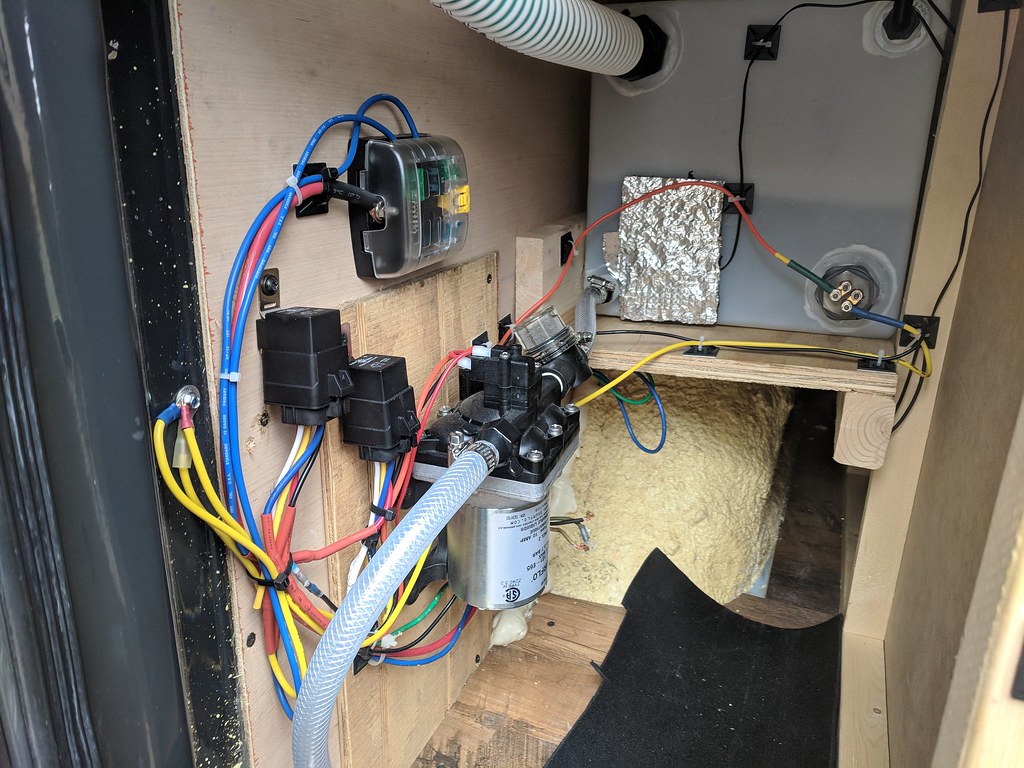alexk243
KulAdventure
Has anyone ever done a DIY install of a heat exchanger to heat their hot water? I remember working on a VW Rialta that had a heat exchanger built into the electric hot water heater (coolant to hot water tank), but I didnt like the idea of running coolant all the way back to the hot water tank, so was thinking about running water into the engine bay, however due to freezing risks may do it in reverse.
Was thinking about using a Heat Exchanger like these (or a different style like this).
Has anyone done this before? Would you have to run a separate electric water pump to circulate the water?
Was thinking about using a Heat Exchanger like these (or a different style like this).
Has anyone done this before? Would you have to run a separate electric water pump to circulate the water?


